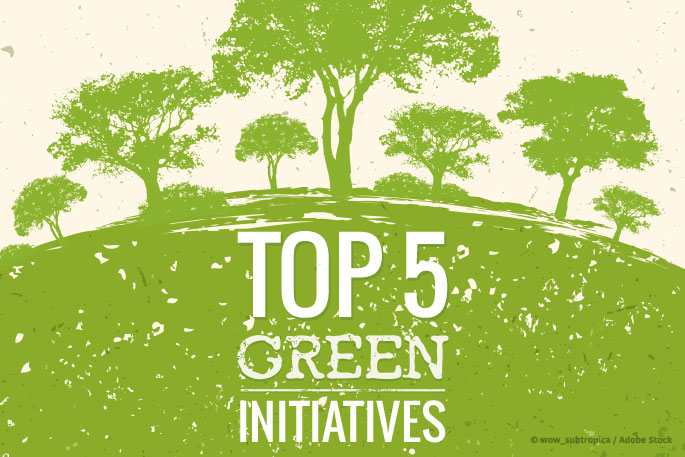
What are green initiatives? From polymers to policy and from governments to kitchens, people are coming up with creative ways to waste less and recycle more, also known as green initiatives.
1) Taking Away Take-Away Containers
Peer into the trash can in any food court, and you’ll see a big, shiny pile of polystyrene take-away containers. It is possible to recycle polystyrene foam, but it is difficult. Until now, most polystyrene has been recycled by densifying or melting the foam. The resulting product is limited in its uses. But a recycling business called Agilyx is pioneering another method–essentially “unzipping” the material to transform it from a polymer back into a monomer. The resulting material has wide applications. The method also allows Agilyx to recycle polystyrene contaminated by food waste–one of the reasons that Waste Dive named Agilyx market developer of the year.
2) Non-Plastic Plastic Bags
There are two approaches to the world’s plastic bag crisis. One is to convince people to stop using plastic bags.The other green initiative idea is to make plastic bags that are actually not made of plastic at all. That is the approach that an Indonesian company called Avani is spearheading. Avani is producing single-use bags made of a unique material–cassava, also known as yuca. Also grown as a food crop, cassava turns into a single-use, biodegradable, edible “plastic bag.” You might have read about it on last month’s blog.
3) Chicken Grub
We all know the adage: one man’s trash is another man’s treasure. If we’re willing to extend the adage to insects, we might have a brilliant food waste solution. Black soldier flies are native to much of North America, and they’re easy to attract–just leave out some food scraps on a warm day, and the flies will come. The good news about these flies is that they only live for a single day in adult form. Their grubs, on the other hand, are composting machines. Eating just about anything, they convert food waste to “frass” (bug poop fertilizer) in hours–and then turn into food themselves. Commercial chicken farmers are exploring using black soldier fly larvae as a high-protein, low-cost feed (Entomology Today).
4) Shrinking our Livestock
And since we’re talking about feeding chickens with insects… why not humans? What if you could use your food scraps to grow a high-quality protein source in your very own kitchen? Commercial cricket production is on the rise with companies like Cowboy Cricket Farms. And as Cowboy Cricket Farms points out, crickets match beef in protein content, exceed it in Omega-3s, and require dramatically less water and land to produce. Cowboy Cricket Farms uses a standardized feed mix to raise their crickets, but according to Modern Farmer, crickets will eat most any plant matter. With minimal equipment, homeowners can use crickets to recycle food waste into garden fertilizer and an afternoon snack. And if that makes you squeamish, you can always feed them to your pet iguana instead.
5) Changing the Way We Measure
We have to have some way to set and evaluate recycling targets–and up until now, the prevailing measure has been weight. But using weight as a metric ignores the backstory of the materials we recycle. Some materials come with a much greater carbon footprint, and that is why Scotland has developed the Carbon Metric. Scotland used this metric to evaluate the lifecycle carbon emission impacts of 30 different products so that policymakers can prioritize their recycling programs. Changing the way we measure has the potential to give international recycling programs more bang for their buck and is a great green initiative idea.














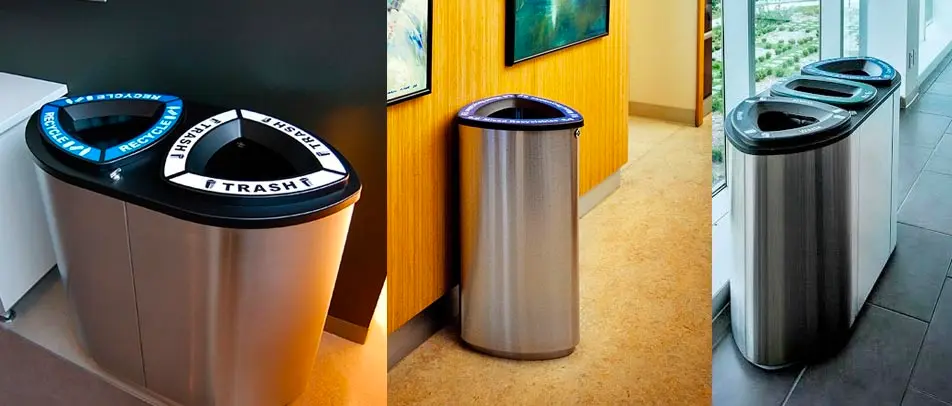
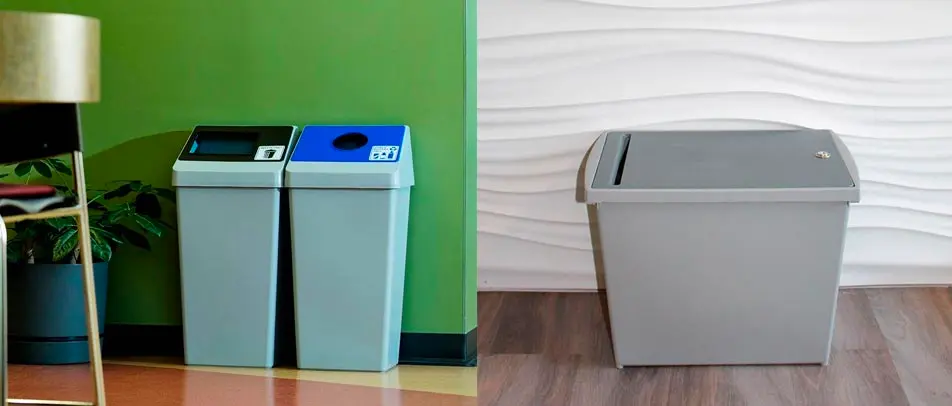





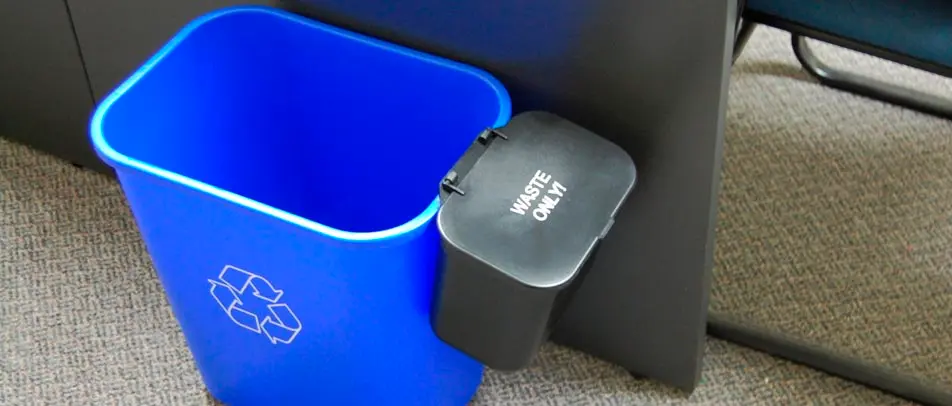
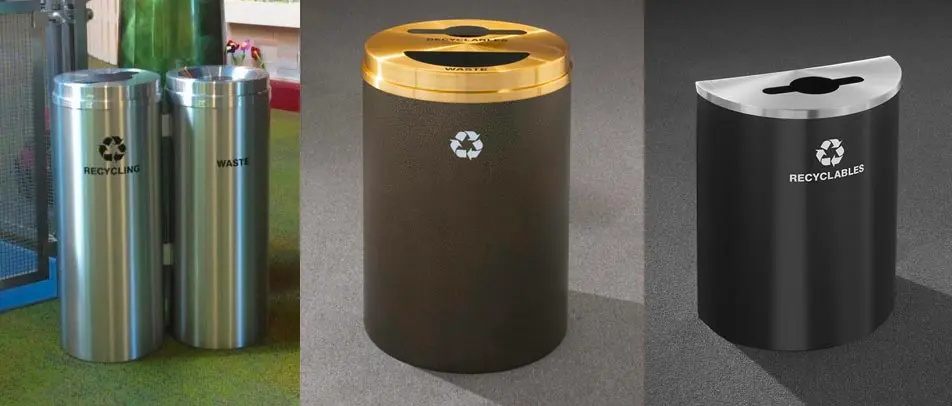
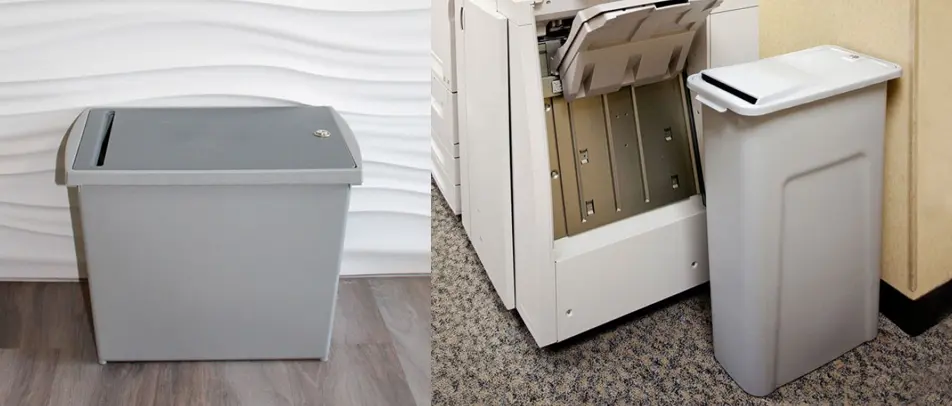


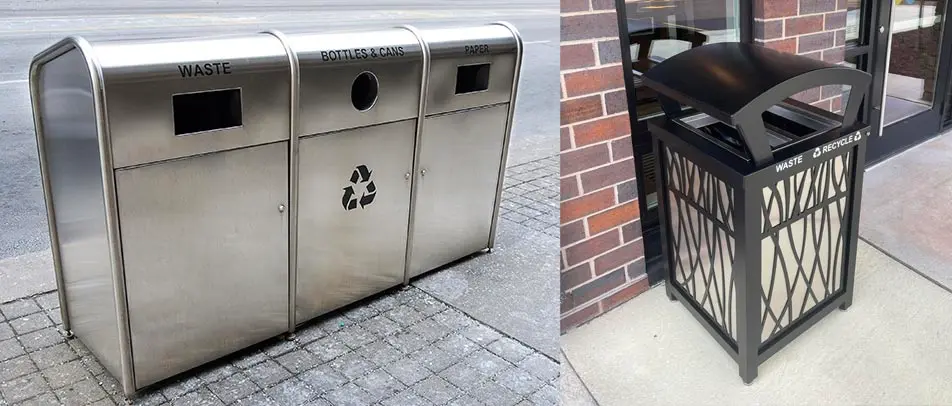





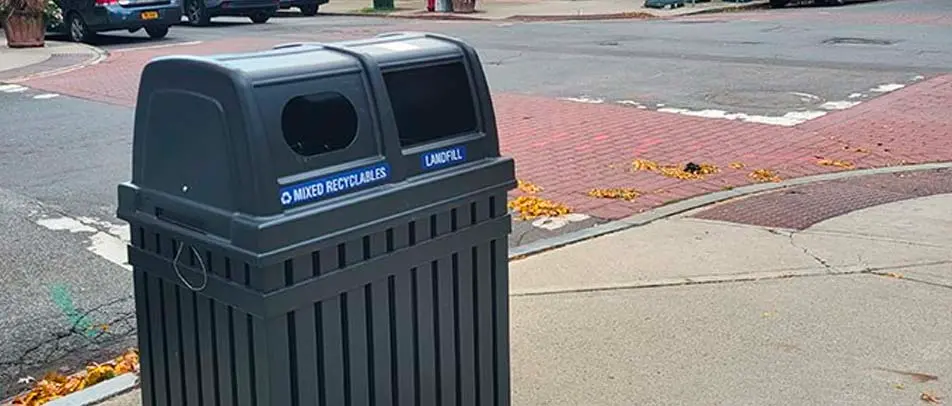
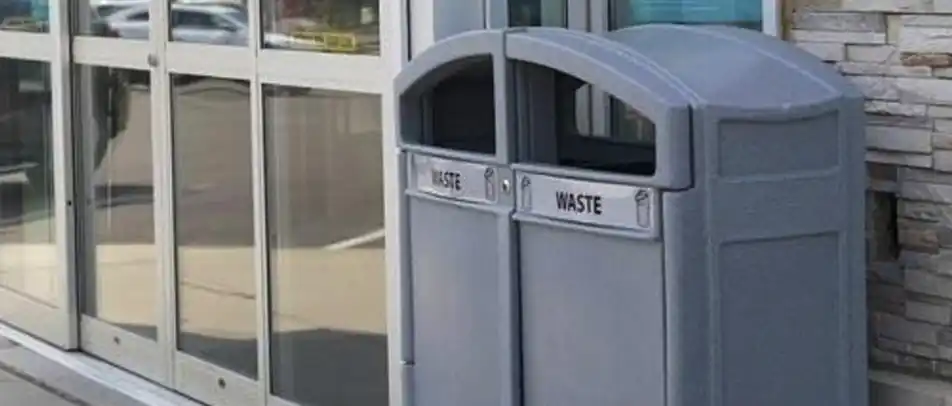
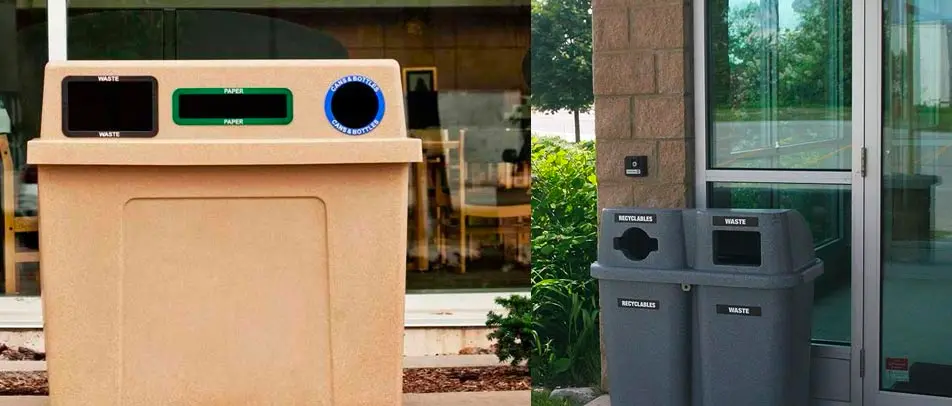

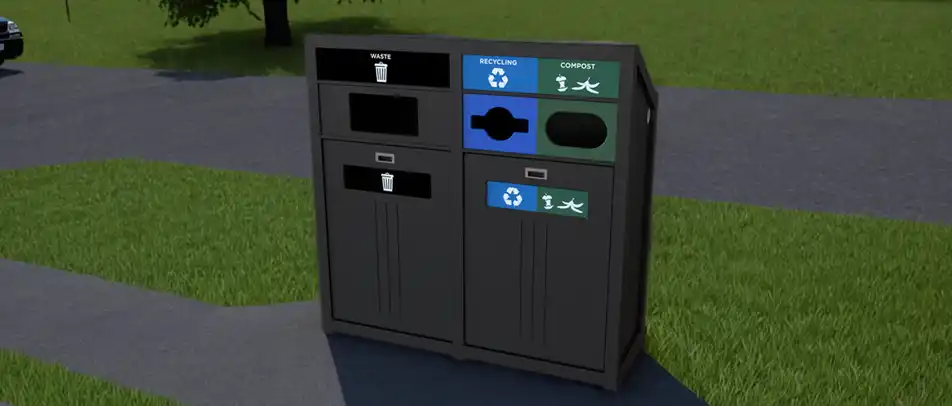

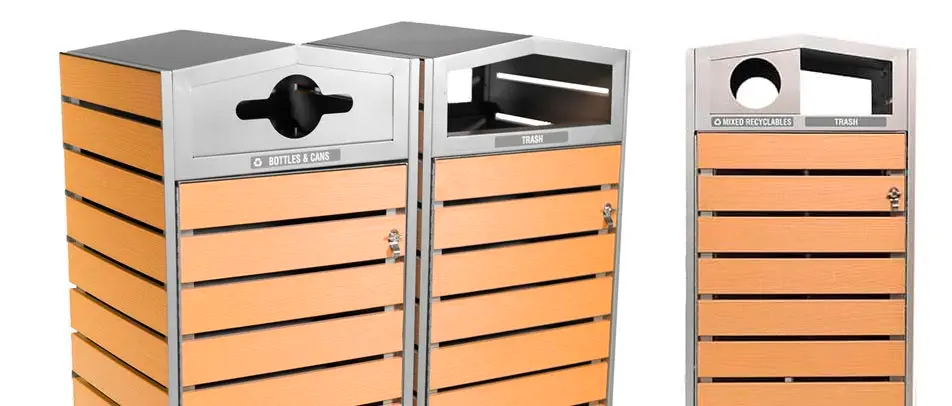

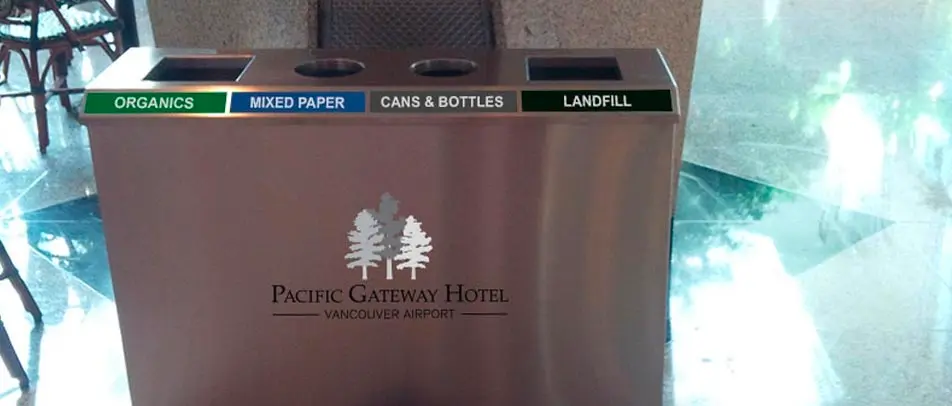

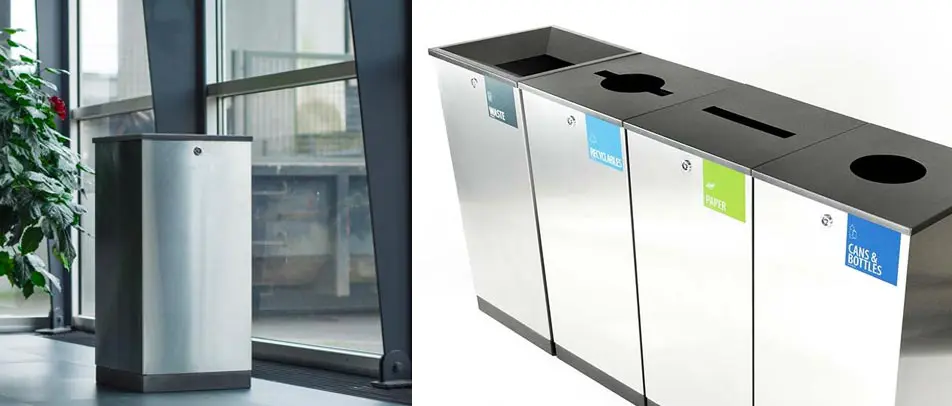
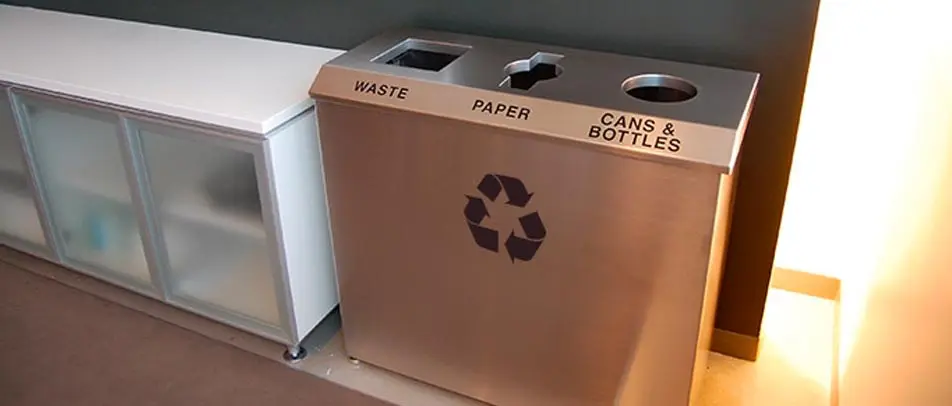

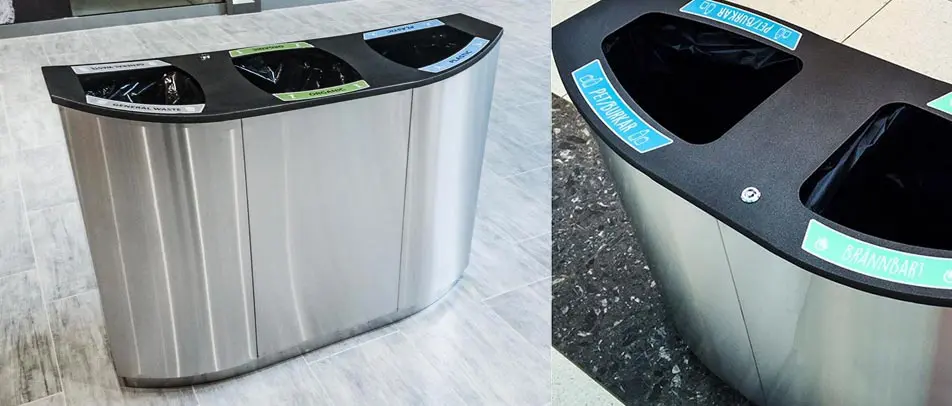

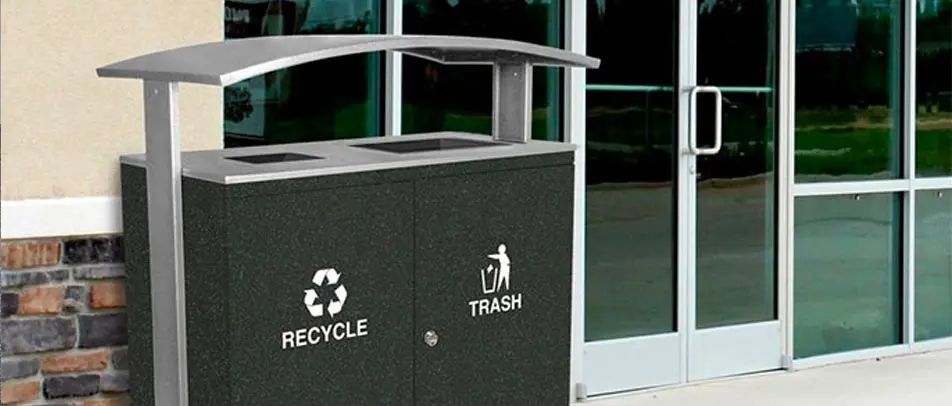
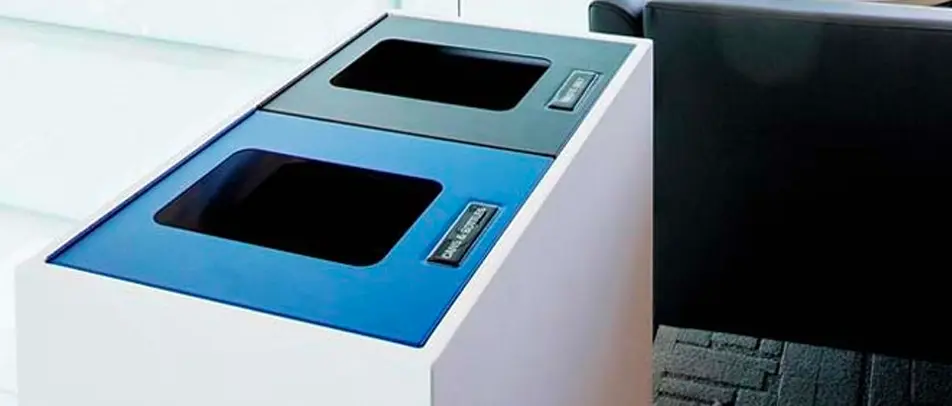
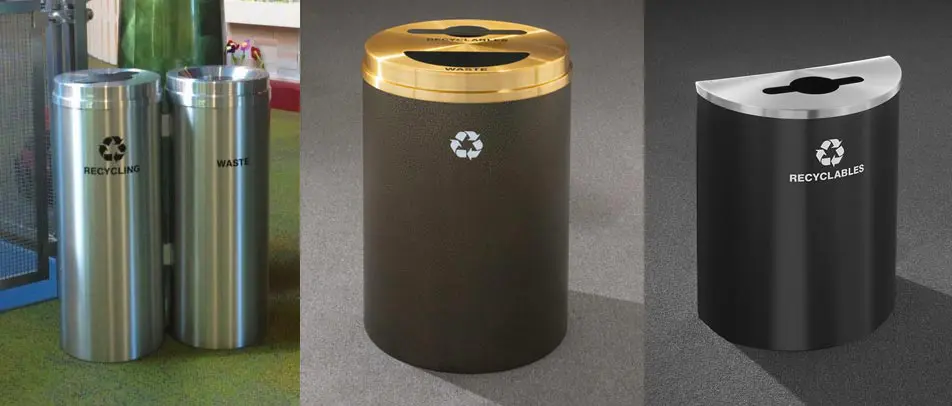


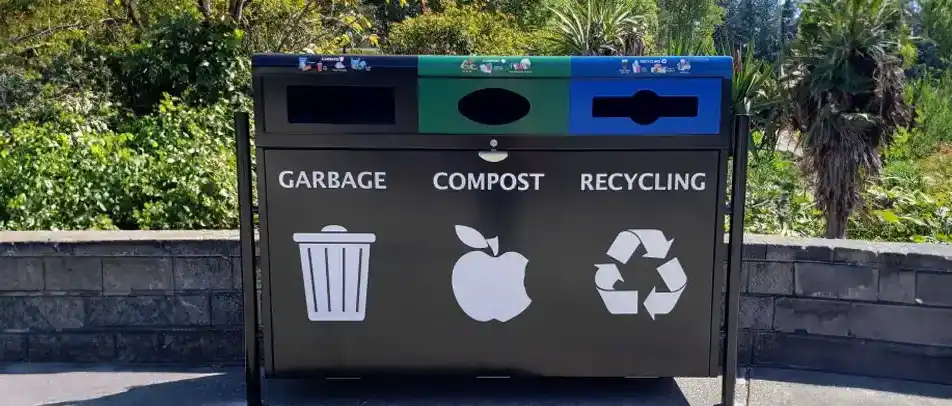




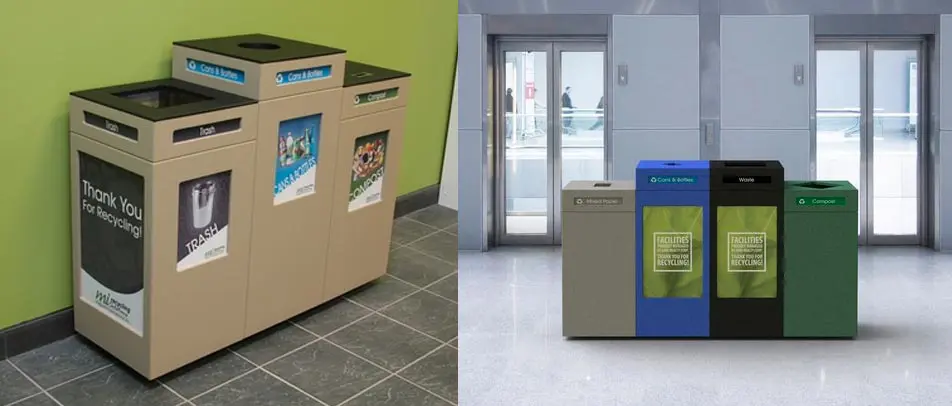
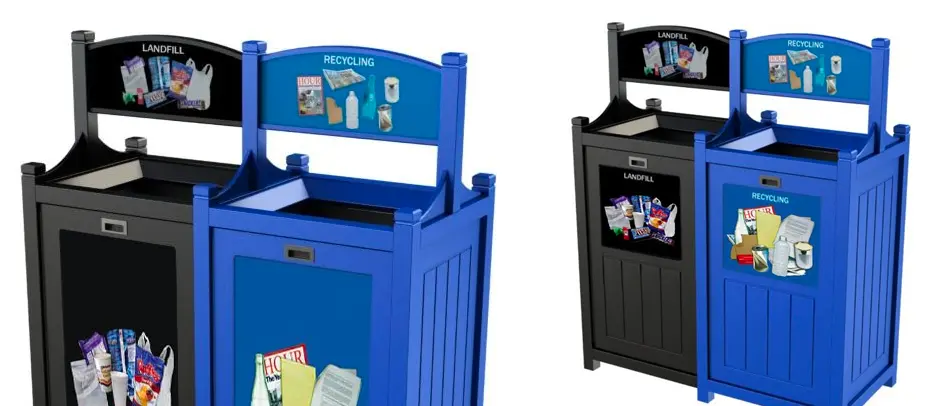


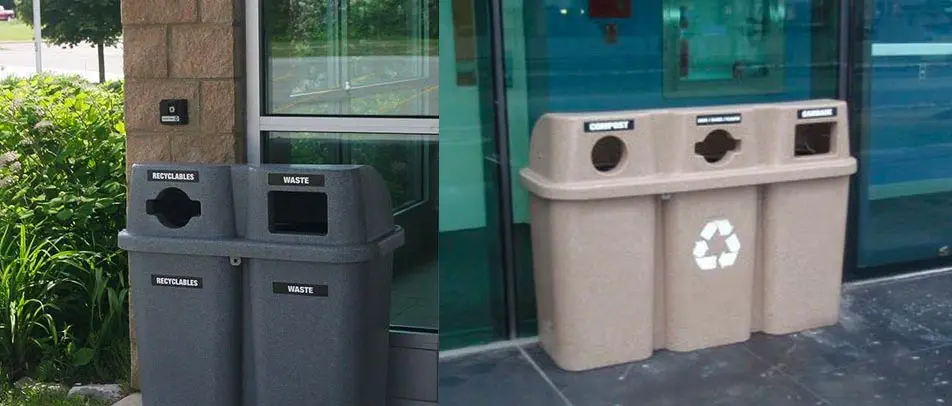
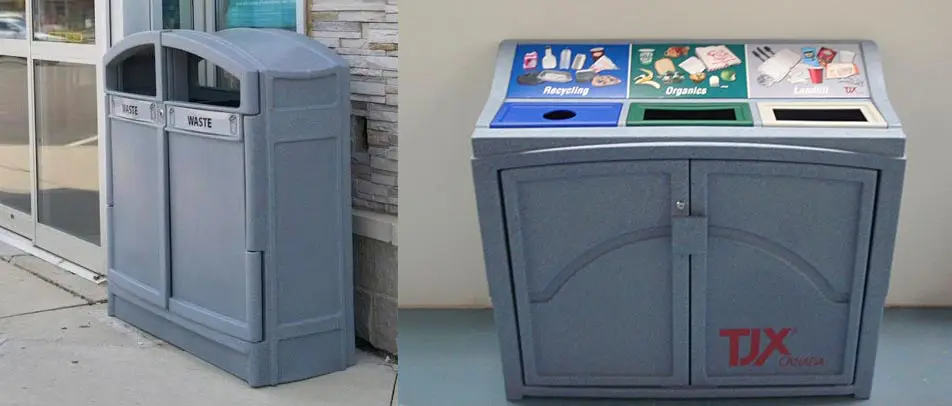
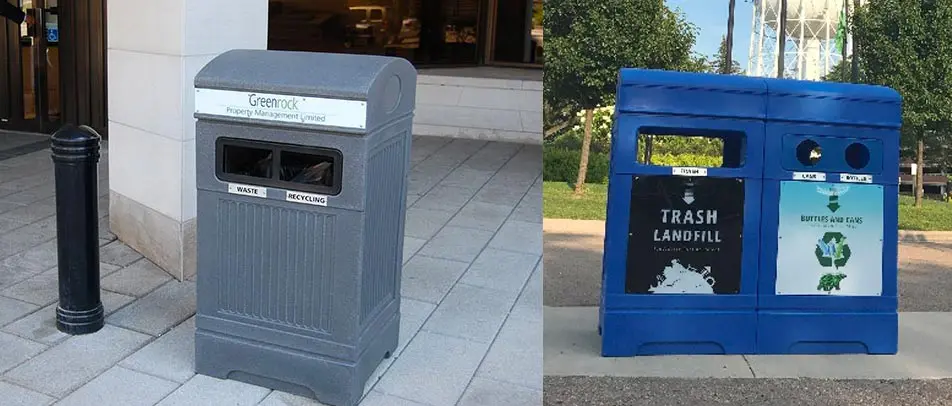
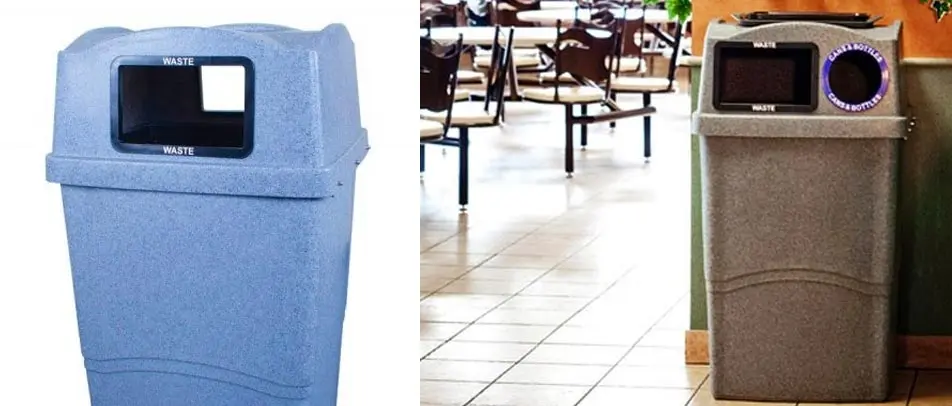
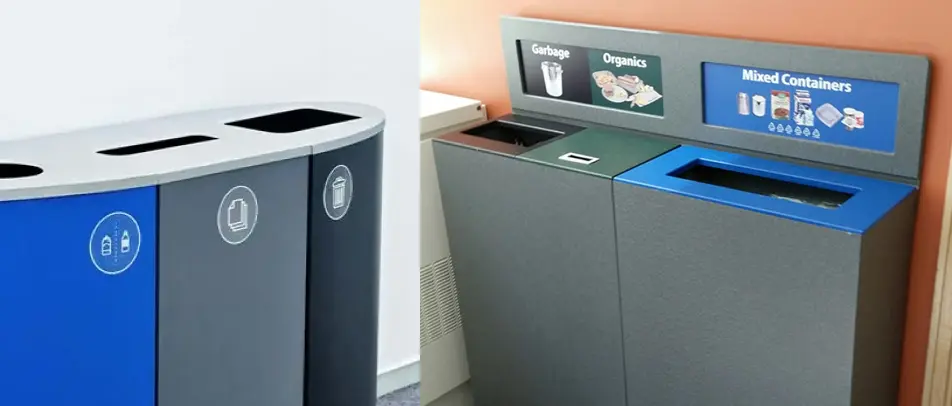
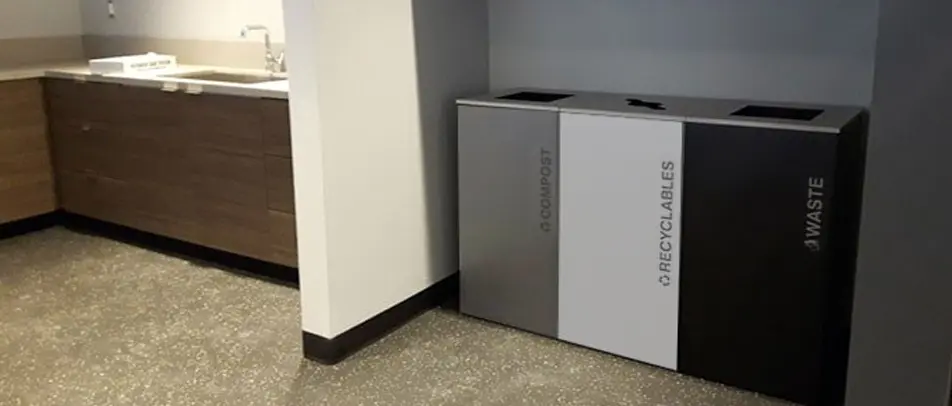
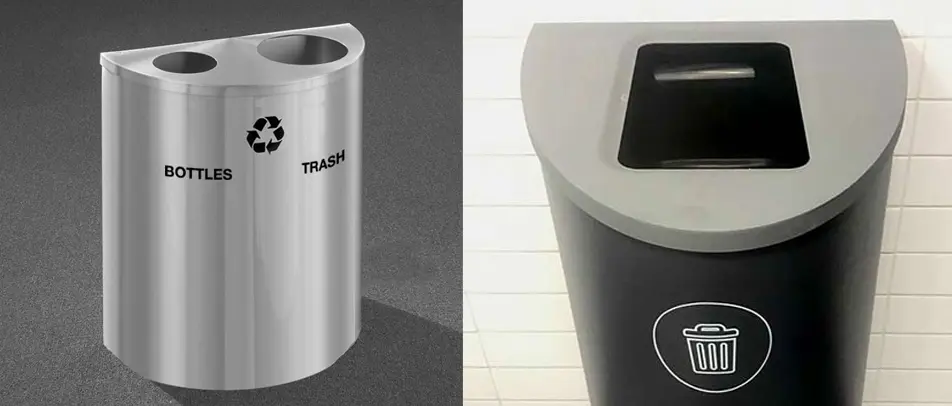
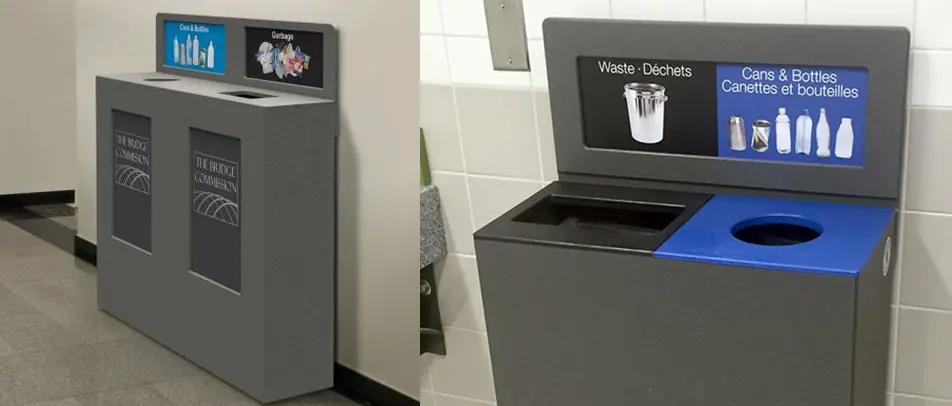
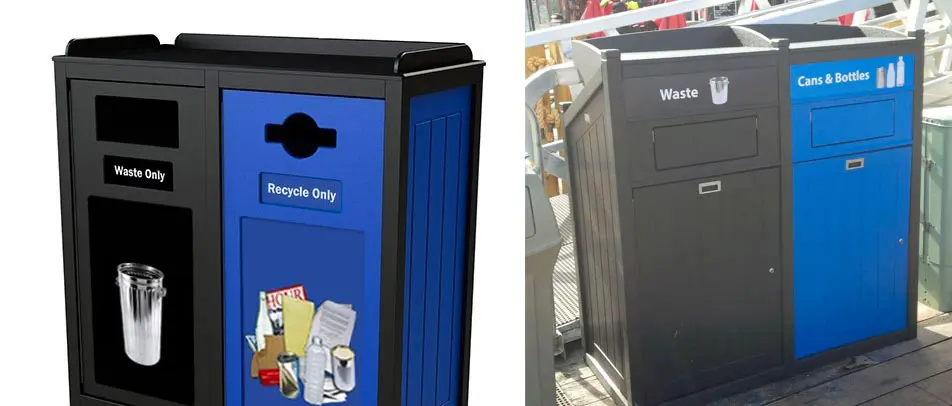
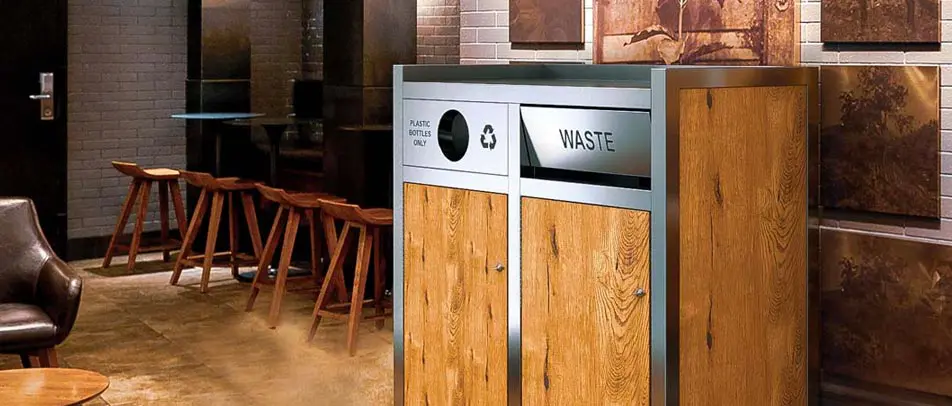




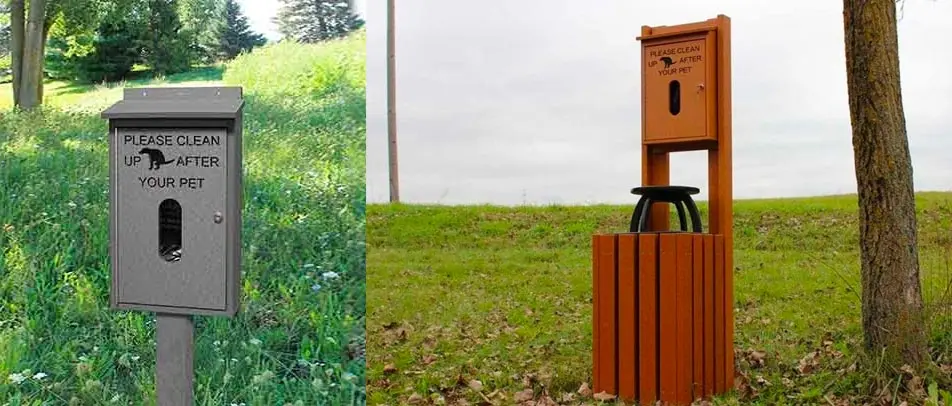


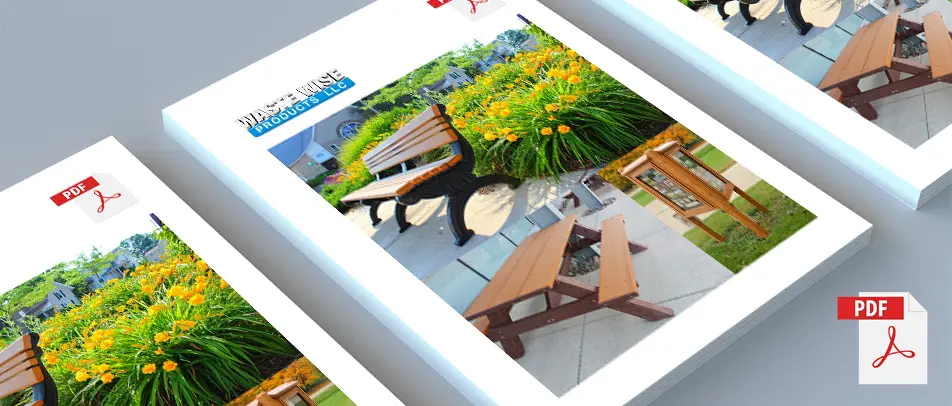

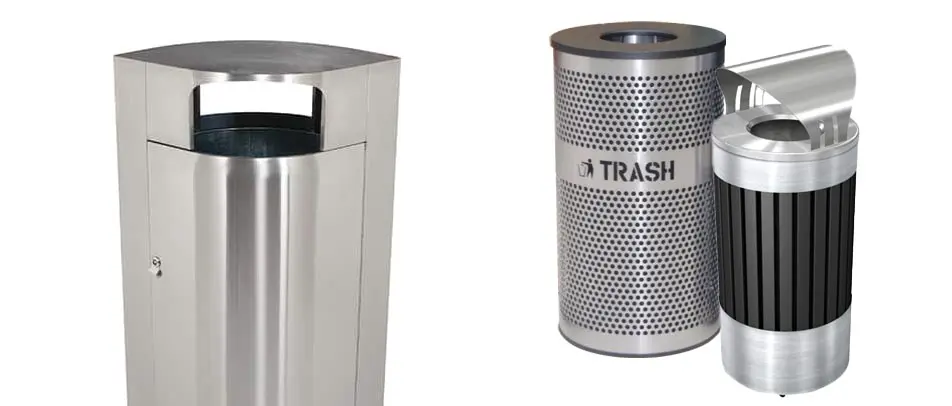

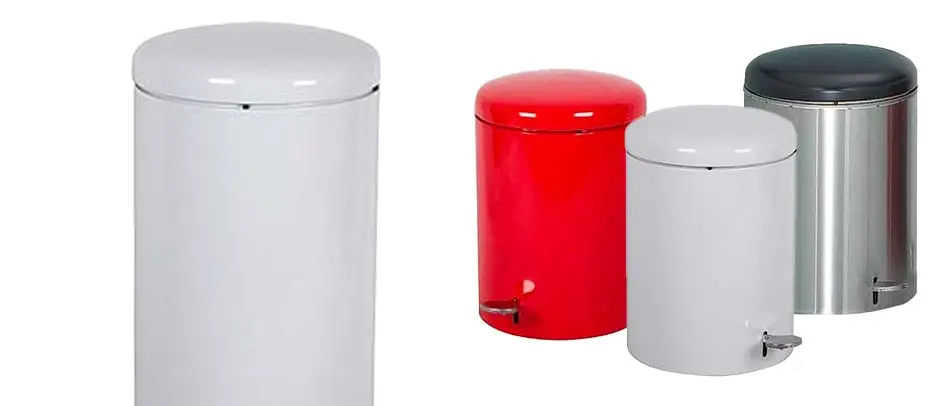





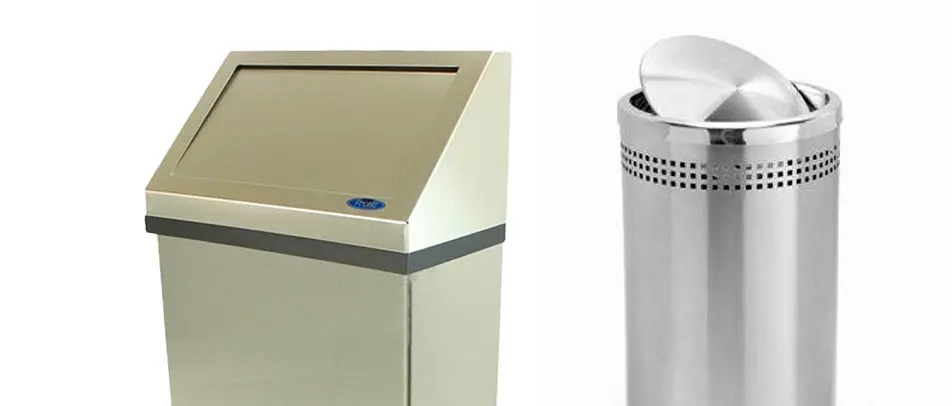

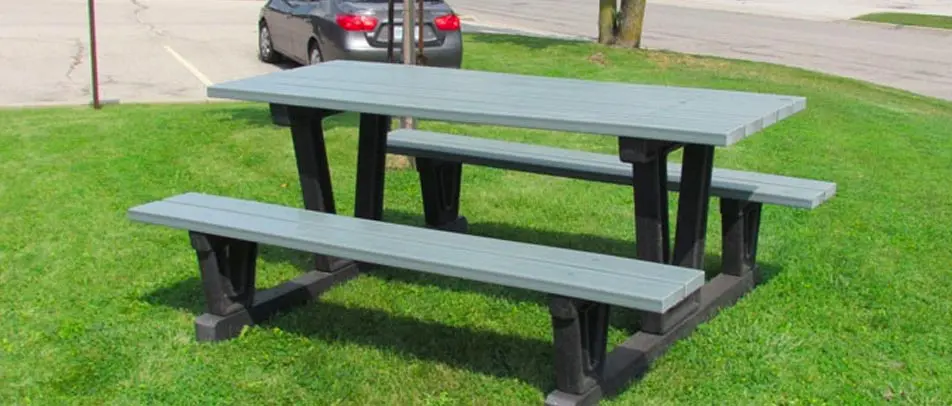





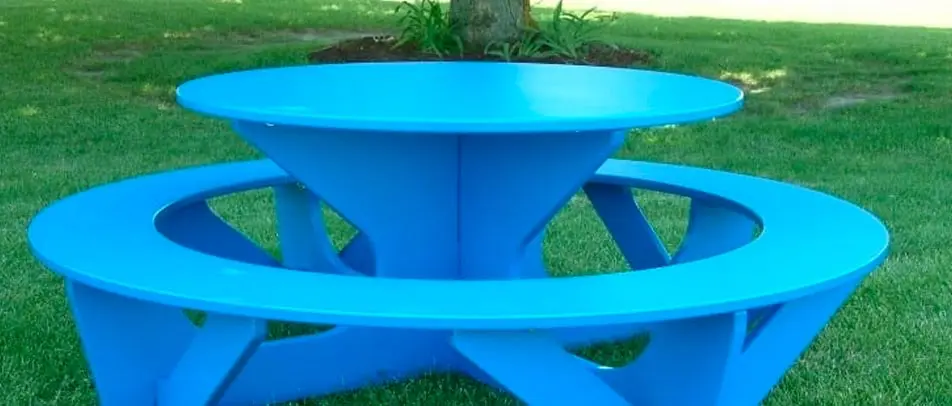
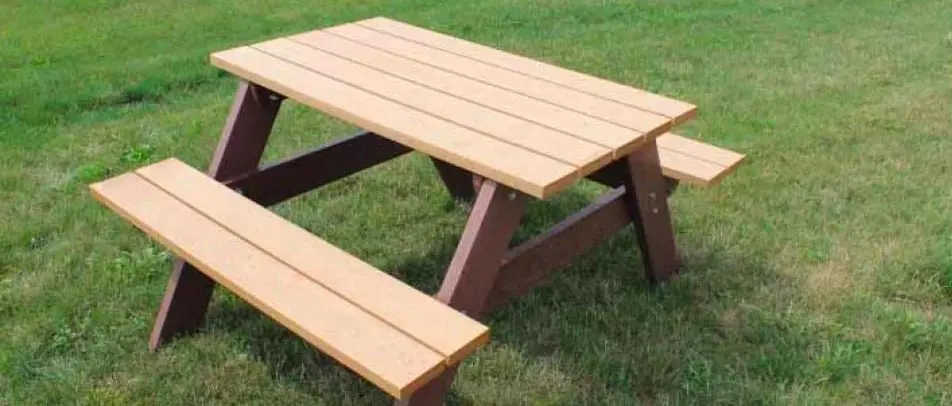
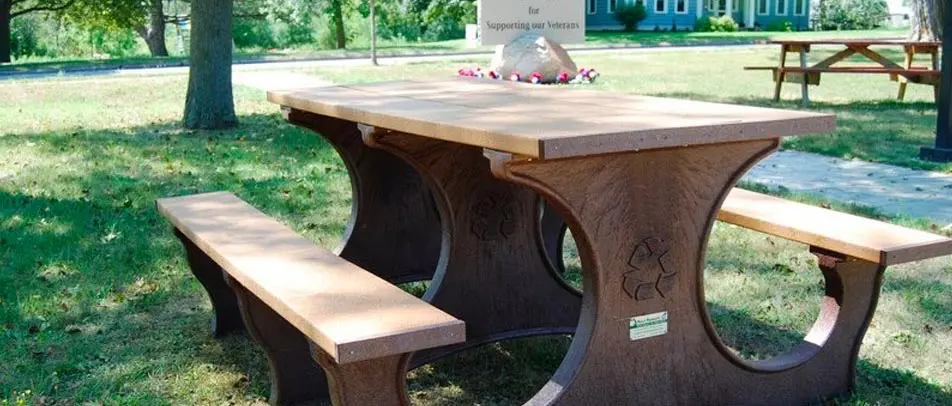
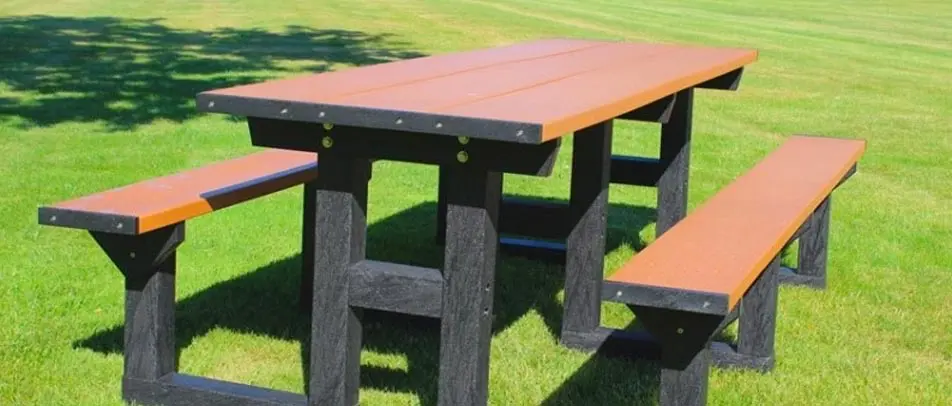

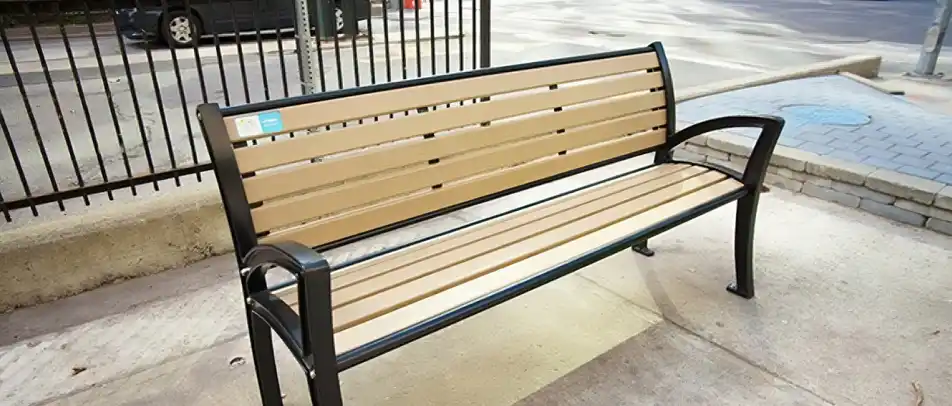


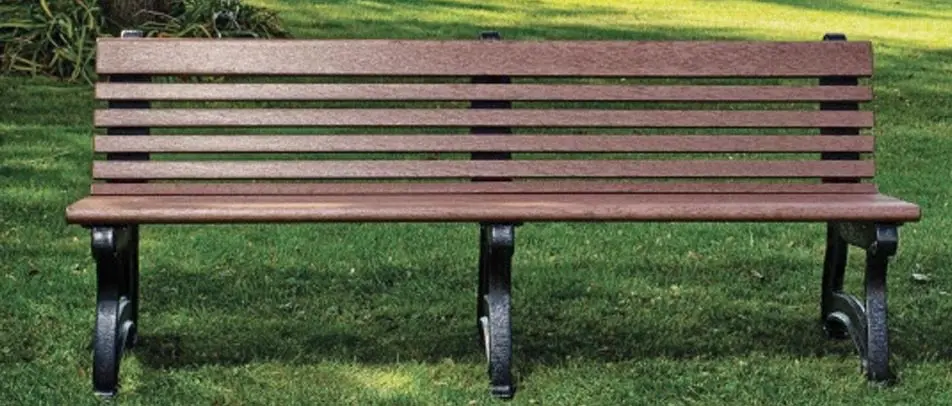
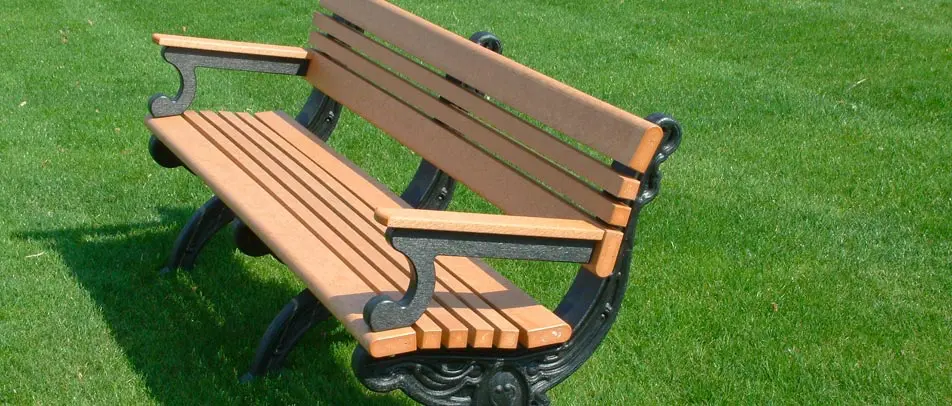
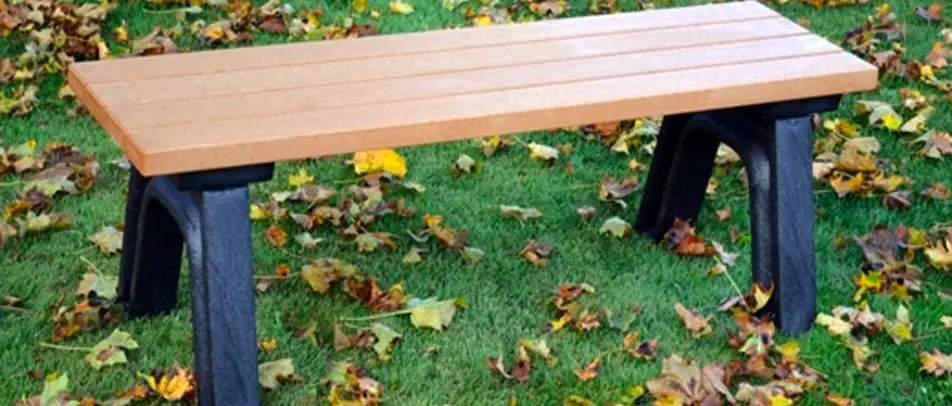
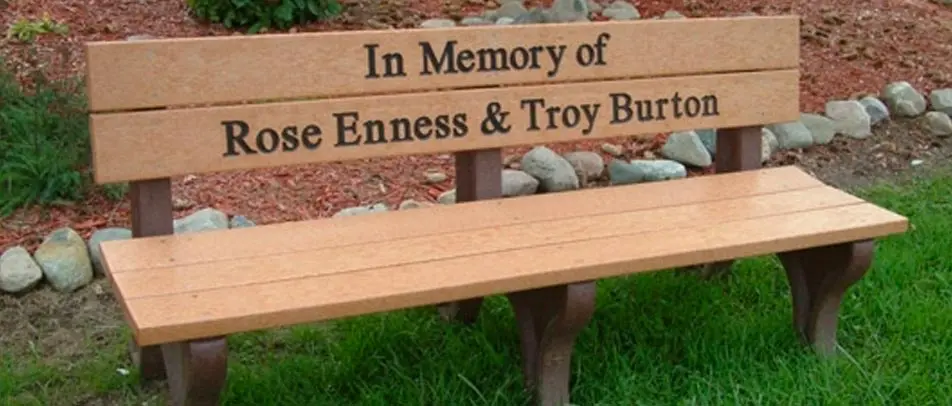



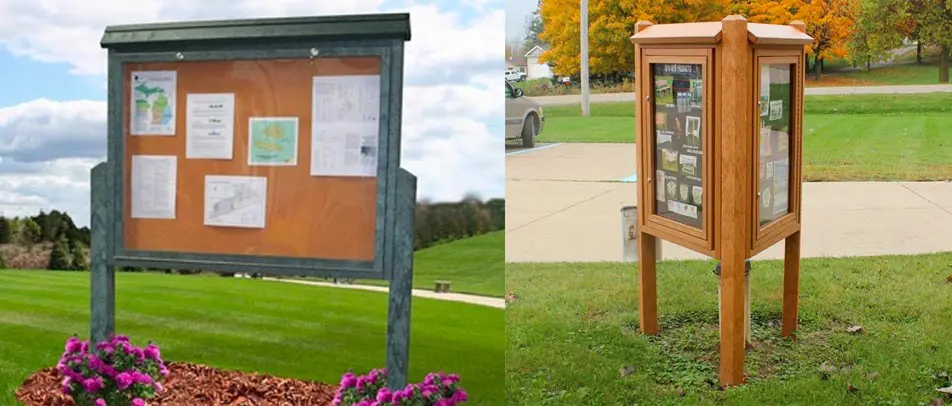
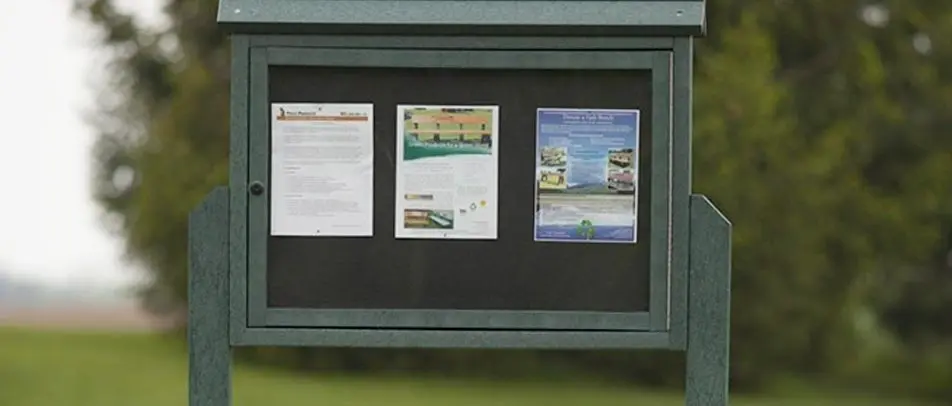
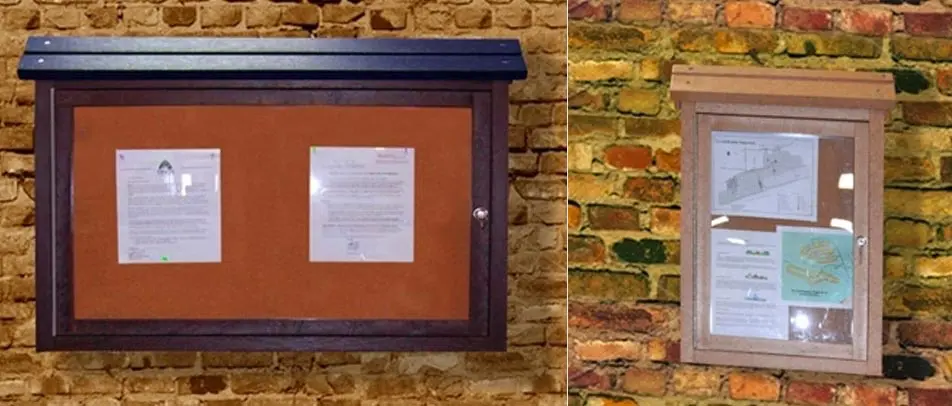


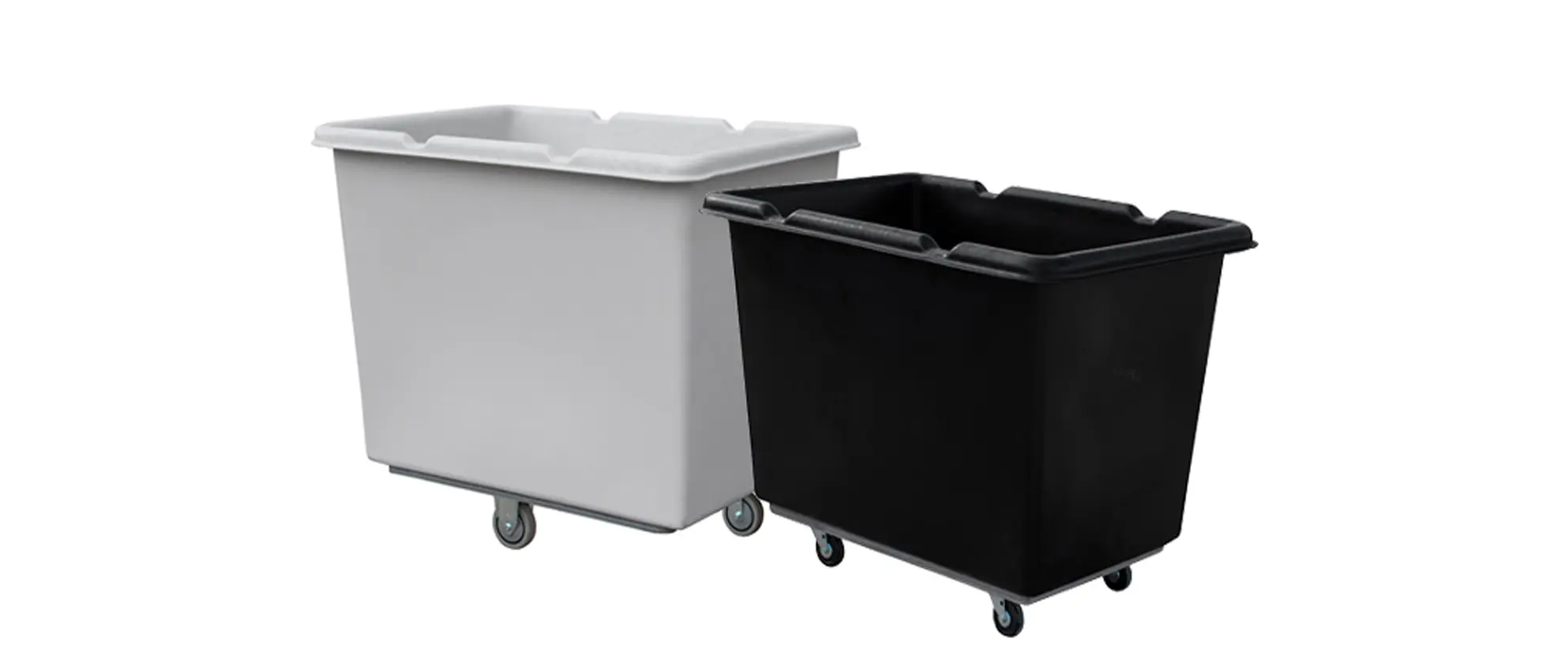




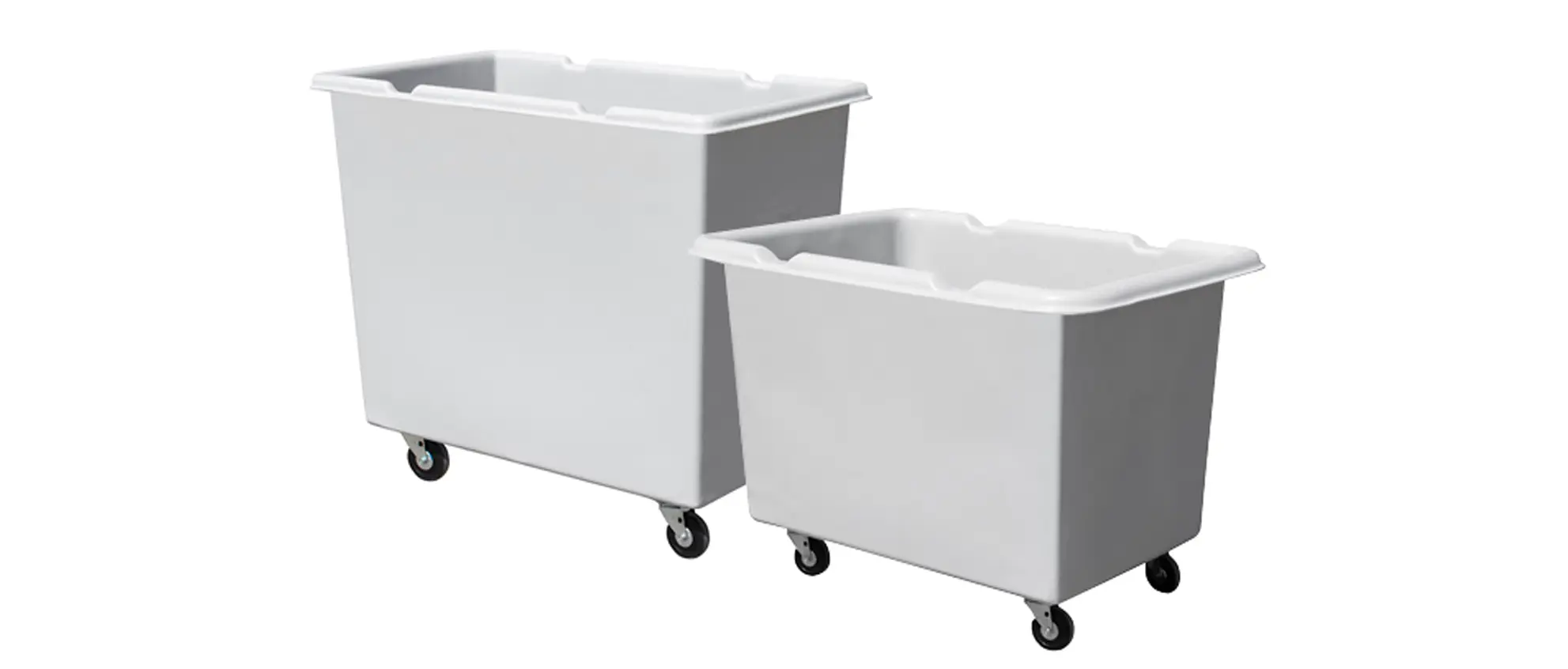


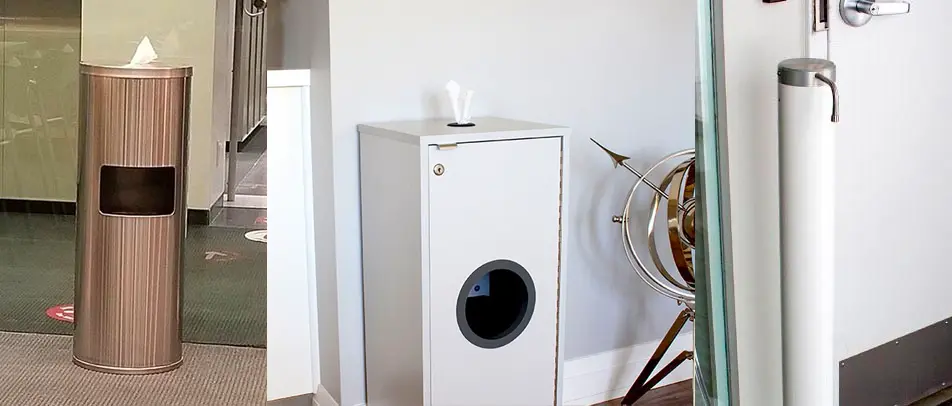
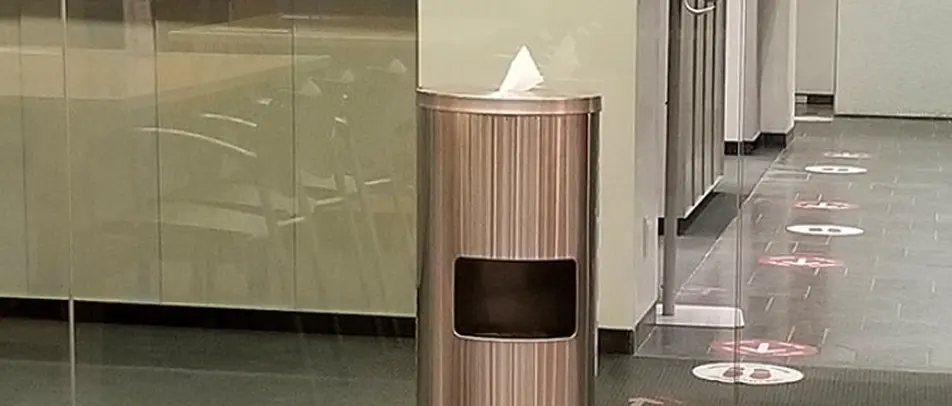


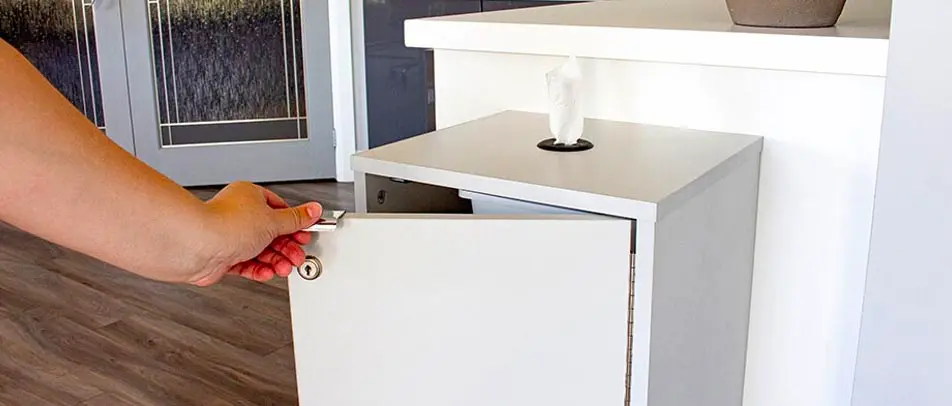
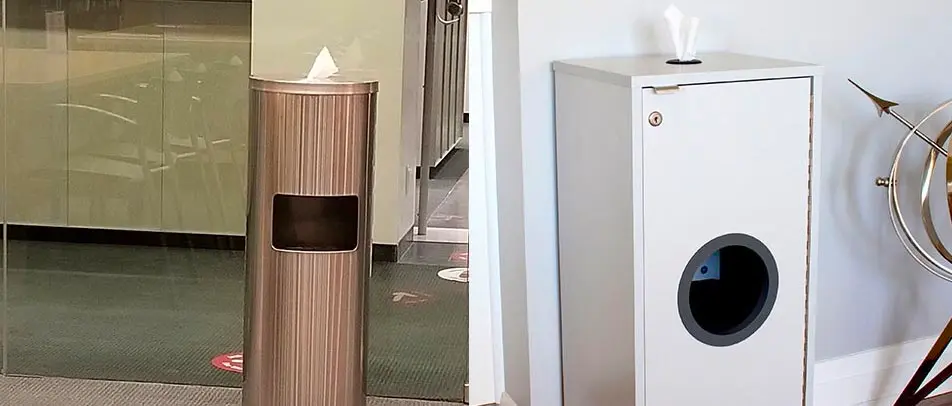


 Three Ways to Engage Teams and Clients to Maximize Your Recycling Program Engagement
Three Ways to Engage Teams and Clients to Maximize Your Recycling Program Engagement  How to Integrate Accessibility Into Your Sustainability Planning
How to Integrate Accessibility Into Your Sustainability Planning  Why Park Benches Can Promote Workplace Well-Being
Why Park Benches Can Promote Workplace Well-Being 
